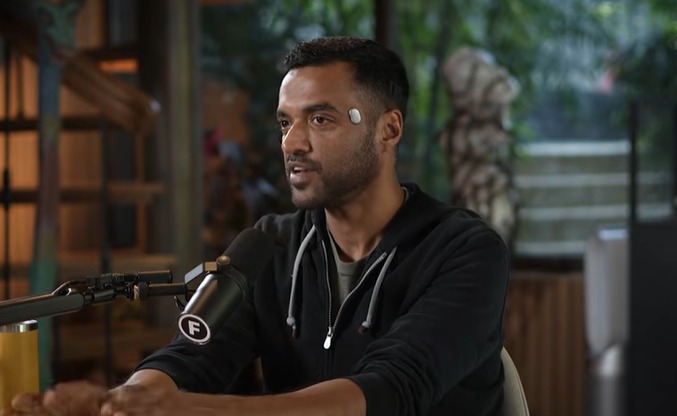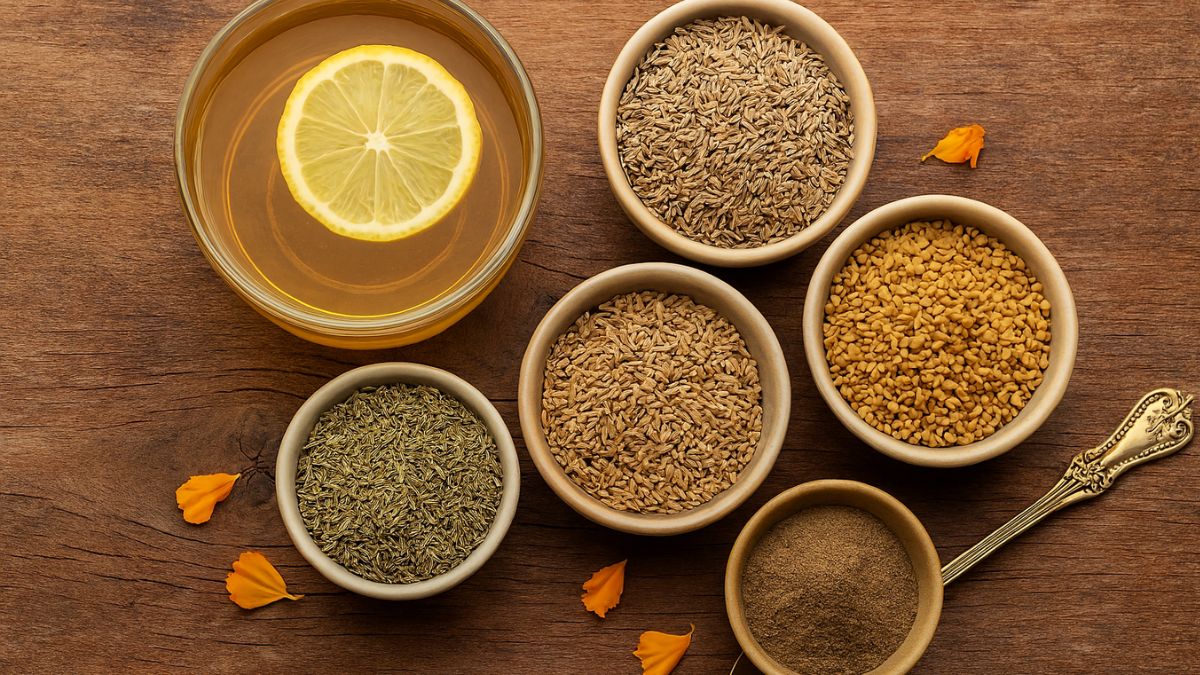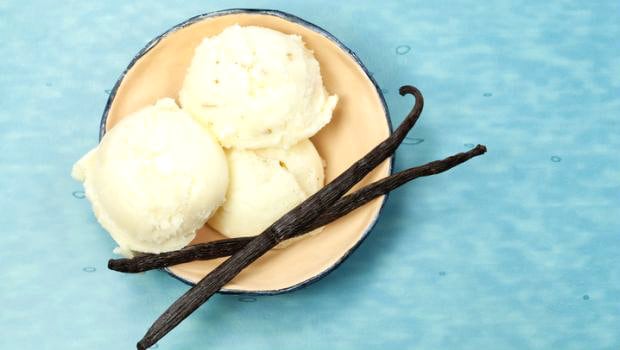Who would have thought that a little orchid growing somewhere in the wild in Mexico would one day rule the culinary world? With a sweet aroma nothing like any other, natural vanilla pods hold a prestigious spot in the spice boxes of most culinary masters. They use it carefully, slitting the long blackish pod open and scrapping the grainy pulp from within to make delightful sauces and desserts, or boost the flavour of their signature dishes to something extraordinary. It is definitely not an ingredient for an everyday affair. Did you know that it is the second most expensive spice in the world after saffron as it requires a laborious process to cultivate it, with many challenges to add to the list?If you are looking into your bowl of store-brought vanilla ice cream, content with its taste, the truth is that it is miles away from the spellbinding flavour of the original. Vanillin, the chemical compound responsible for the characteristic flavour and aroma of vanilla can be synthesized artificially, and therefore is available at much cheaper prices in the stores as vanilla extract, which is them used commonly by brands and home bakers alike to make ice creams, cakes, cookies, smoothies and the like.“Imitation isn’t always so flattering. It may look like the real thing on the outside, but on the inside, it’s still a wannabe with some serious jealousy issues. Take vanilla, for instance – the pure and imitation. On the surface, both forms are flavour activators for foods like chocolate, fruits and nuts. But, on the inside, only one is really delivering. Scientists have found more than two hundred fifty natural flavour and aroma enhancers in real vanilla,” says author Kim Barnouin in her book Skinny Bitch – Ultimate Everyday Cookbook.

Vanilla – the Orchid
Trace back the history of vanilla and you learn that in Central America, it was first used by the Totonac Indians in their rituals. When the Aztecs took over, they discovered the magic of vanilla and started using it as a flavouring agent in their chocolate drink - chocolatl. Then came the Spaniards who conquered the Aztecs, and they too were stumped by the aromatic pods. Soon they were transported to Europe, whereon it gained popularity all across, and slowly progressed from an additive in chocolate drinks to being the sole star to flavour a vast range of sweet meats, desserts and beverages. So mesmerized were the French with the sweet flavour and aroma of vanilla that they tried to find ways to cultivate the tropical plant in islands like Madagascar, Union of the Comoros and Reunion.It took much trial and error to produce vanilla because pollination was a huge challenge (lack of pollinating bees and the fact that vanilla flowers provide only a 24-hour window of opportunity for the pollination process to occur after which they wilt and die). But thanks to a 12-year old slave boy in Reunion in 1841, who discovered the process of hand pollination using nothing but a stick, that the production was finally a success. Now, majority of the world’s vanilla production are from countries other than Mexico. Indonesia, Sri Lanka, Mauritius, West Indies, South America and Tahiti are all producing quality vanilla beans.The most sought after are the pods of V. planifolia, popularly known as Bourbon Vanilla or Bourbon-Madagascar Vanilla (derived from the old name of the island – Bourbon islands). Their distinctive flavour and aroma is a notch above other cultivars like V. tahitiensis or V. pompona. Needless to say, the prices are steep but worth the value.

Vanilla Bean RecipesIf I were to name the reason that lured me to the art of baking, it would be the spellbinding aroma of vanilla. Every time my mother baked a pure vanilla cake while we were growing up, the whole house smelt divine. It was hard to do anything else, even play, with its fragrance meandering its way out and about. That’s the power it holds.If you haven’t tried cooking with real vanilla, it’s about time you head to the store and buy the pods to discover the original taste. Wondering how to use it? Here are a few simple and easy recipes to help you get started –1. Vanilla Bean Cupcakes
Recipe by Chef Suhani Mahajan BhelTry these beautiful looking vanilla bean cupcakes topped with almond scented cream and toasted almond flakes. For the recipe, click here.

2. Lemon and Basil Pannacotta
Recipe by Chef Vicky RatnaniVanilla, lemon zest and lemon grass are added to milk, cream and gelatin to create a smooth pannacotta that is refrigerated and served. For the recipe, click here.

3. Victoria Sponge Cake
Recipe by Chef Joey MattewThe luscious fruit, strawberry, takes over the plain and simple vanilla sponge cake. Have this tea treat with a cup of steaming tea and savour every bite. For the recipe, click here.

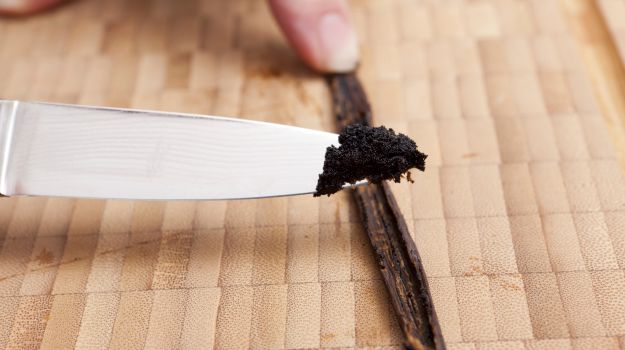
Vanilla – the Orchid
Trace back the history of vanilla and you learn that in Central America, it was first used by the Totonac Indians in their rituals. When the Aztecs took over, they discovered the magic of vanilla and started using it as a flavouring agent in their chocolate drink - chocolatl. Then came the Spaniards who conquered the Aztecs, and they too were stumped by the aromatic pods. Soon they were transported to Europe, whereon it gained popularity all across, and slowly progressed from an additive in chocolate drinks to being the sole star to flavour a vast range of sweet meats, desserts and beverages. So mesmerized were the French with the sweet flavour and aroma of vanilla that they tried to find ways to cultivate the tropical plant in islands like Madagascar, Union of the Comoros and Reunion.It took much trial and error to produce vanilla because pollination was a huge challenge (lack of pollinating bees and the fact that vanilla flowers provide only a 24-hour window of opportunity for the pollination process to occur after which they wilt and die). But thanks to a 12-year old slave boy in Reunion in 1841, who discovered the process of hand pollination using nothing but a stick, that the production was finally a success. Now, majority of the world’s vanilla production are from countries other than Mexico. Indonesia, Sri Lanka, Mauritius, West Indies, South America and Tahiti are all producing quality vanilla beans.The most sought after are the pods of V. planifolia, popularly known as Bourbon Vanilla or Bourbon-Madagascar Vanilla (derived from the old name of the island – Bourbon islands). Their distinctive flavour and aroma is a notch above other cultivars like V. tahitiensis or V. pompona. Needless to say, the prices are steep but worth the value.
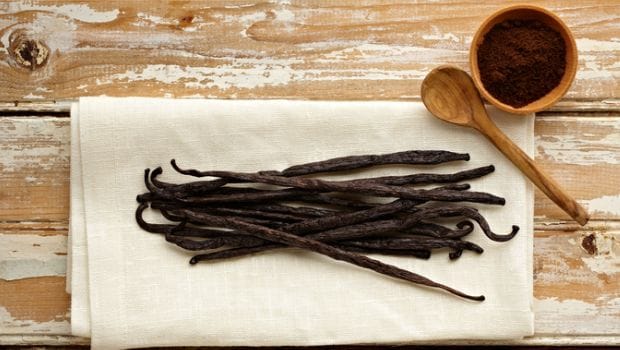
Vanilla Bean RecipesIf I were to name the reason that lured me to the art of baking, it would be the spellbinding aroma of vanilla. Every time my mother baked a pure vanilla cake while we were growing up, the whole house smelt divine. It was hard to do anything else, even play, with its fragrance meandering its way out and about. That’s the power it holds.If you haven’t tried cooking with real vanilla, it’s about time you head to the store and buy the pods to discover the original taste. Wondering how to use it? Here are a few simple and easy recipes to help you get started –1. Vanilla Bean Cupcakes
Recipe by Chef Suhani Mahajan BhelTry these beautiful looking vanilla bean cupcakes topped with almond scented cream and toasted almond flakes. For the recipe, click here.
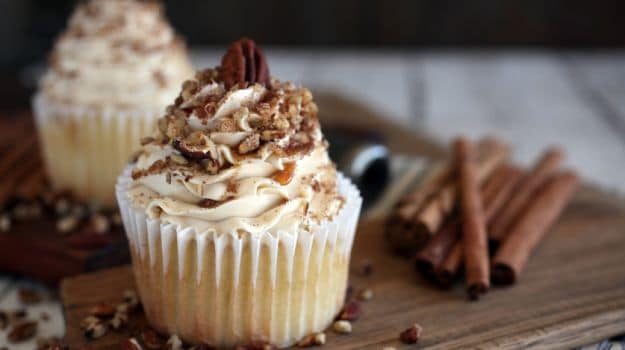
2. Lemon and Basil Pannacotta
Recipe by Chef Vicky RatnaniVanilla, lemon zest and lemon grass are added to milk, cream and gelatin to create a smooth pannacotta that is refrigerated and served. For the recipe, click here.
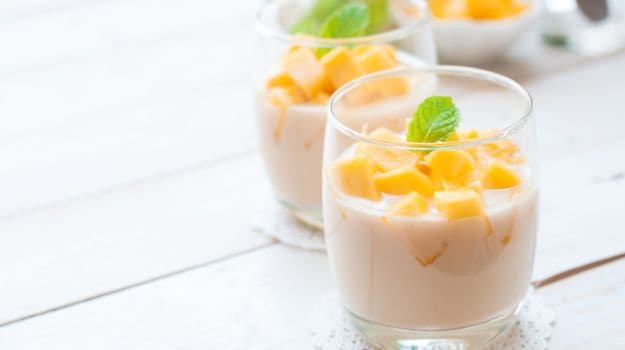
3. Victoria Sponge Cake
Recipe by Chef Joey MattewThe luscious fruit, strawberry, takes over the plain and simple vanilla sponge cake. Have this tea treat with a cup of steaming tea and savour every bite. For the recipe, click here.
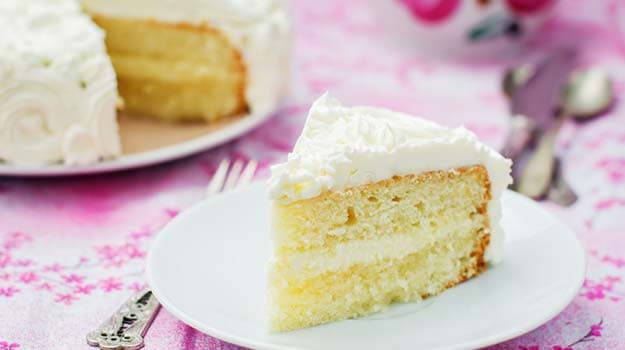
Advertisement

